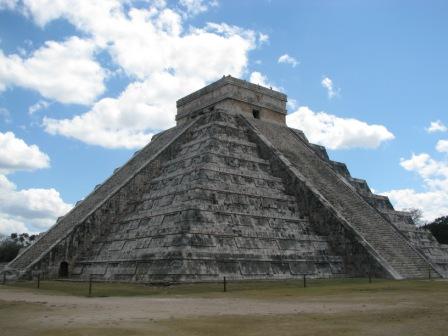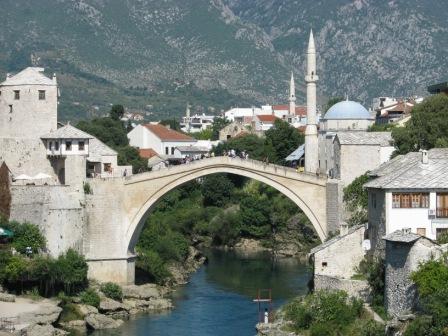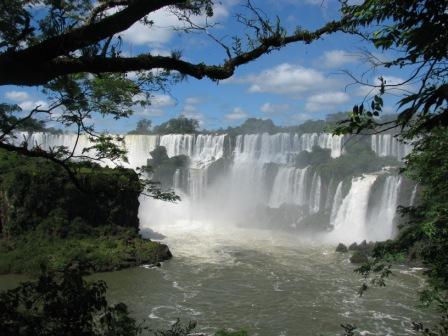 |
UNESCO World Heritage |
 |
|---|
UNESCO World Heritage Sites represent some of the best natural, cultural and historic attractions in world travel. Many of the most important and spectacular destinations for adventure travllers have been listed by UNESCO and all of these sites can be explored on Frontiers of Travel, with descriptions for every site in Africa, Asia, the Middle East and Latin America.
The World Heritage Convention was signed in 1972 to help identify, protect and preserve the cultural and natural heritage of the world considered to be of outstanding value to humanity and to safeguard the world's cultural and biodiversity. 190 states have now ratified the Convention and since 1978 several sites have been inscribed to the list each year.
There are currently 1052 properties on the World Heritage List - 815 cultural, 203 natural and 34 mixed sites. See the complete list on the UNESCO website or select a country from the menu below to explore it's cultural, natural and intangible heritage with images and links to UNESCO and OurPlace.
 Rock-Hewn Churches Lalibela, Ethiopia |
 Sichuan Giant Panda Sanctuaries, China |
 Pre-Hispanic City of Chichen-Itza, Mexico |
 Old City of Mostar, Bosnia & Herzegovina |
Look for these symbols throughout this website to explore sites of interest
 Iguazu National Park, Argentina Iguazu National Park, Argentina |
 Historic Centre of Prague, Czech Republic Historic Centre of Prague, Czech Republic |
 Serengeti National Park, Tanzania Serengeti National Park, Tanzania |
 Ancient Town of Hoi An, Vietnam Ancient Town of Hoi An, Vietnam |
- Criteria for selection of World Heritage Sites:
- Represent a masterpiece of human creative genius
- Exhibit an important interchange of human values in architecture, technology, arts, town-planning or landscape design
- Bear unique or exceptional witness to a cultural tradition or civilisation
- Illustrate a significant stage in human history - building, architectural/technological ensemble, landscape
- Traditional human settlements, land uses or sea uses representative of a culture
- Associated with events, traditions, ideas, beliefs, artistic and literary works of outstanding universal significance
- Contain areas of exceptional natural beauty or superlative natural phenomena
- Represent major stages of Earth's history, including the record of life and significant geological processes
- Represent significant on-going ecological and biological processes in the evolution and development of ecosystems
- Contain significant natural habitats for the conservation of biological diversity, including threatened species of universal value




